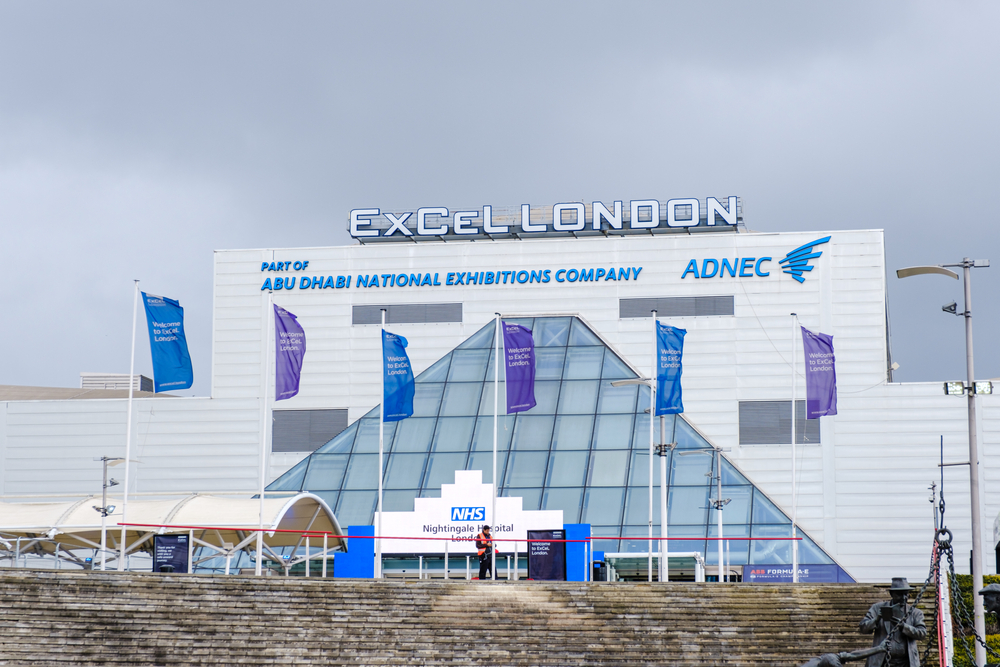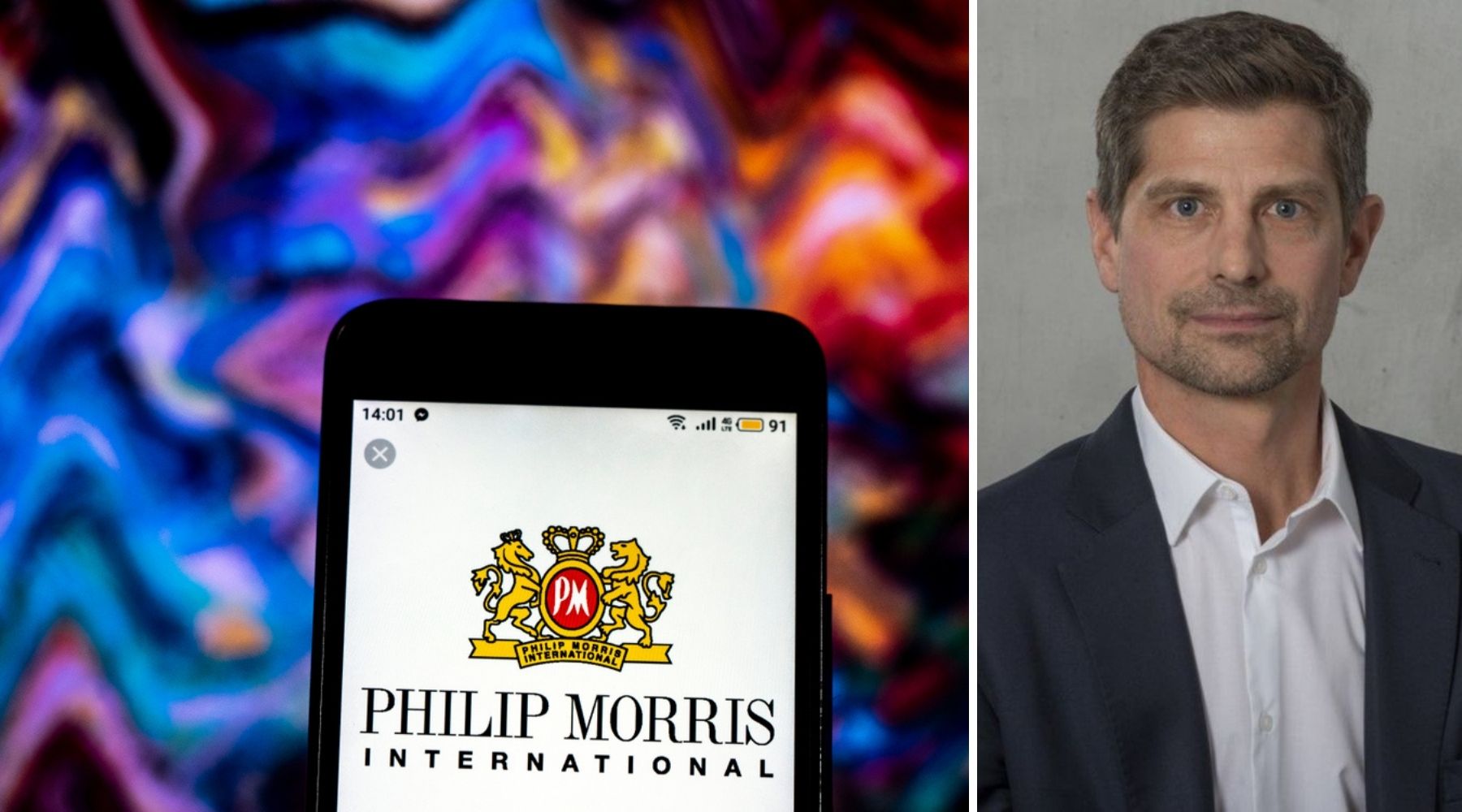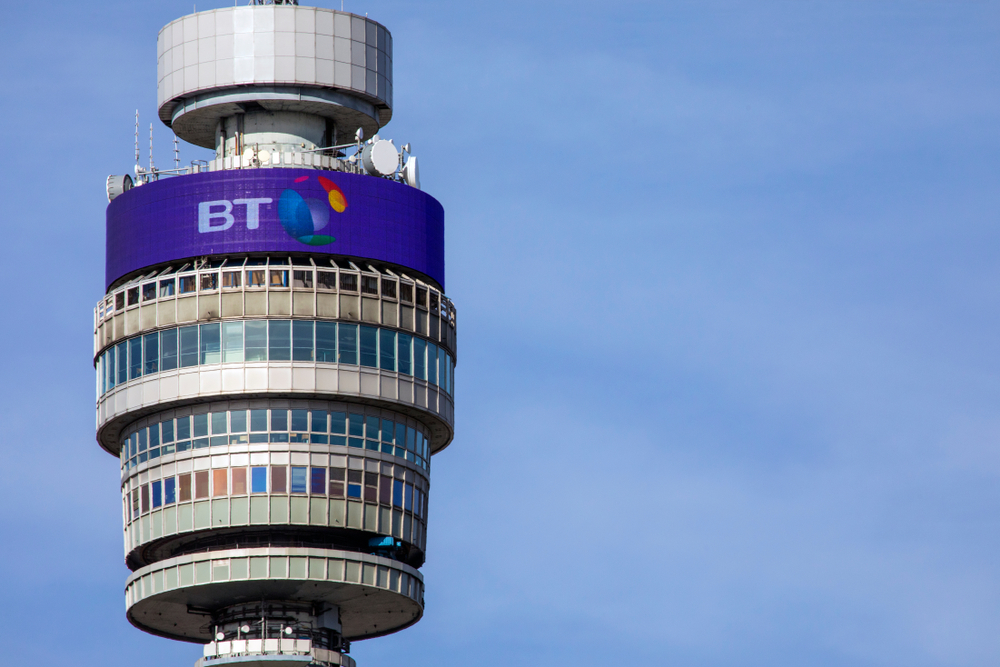
NHS Nightingale London, the first of seven temporary hospitals built across England to help cope with the coronavirus outbreak, is recognised in Tech Monitor’s inaugural Technology Leaders Index for its quick IT deployment amidst the challenging conditions of the pandemic.
In just 14 days, London’s ExCel conference venue was turned into a field hospital housing more than 80 wards. At its full capacity, the 100-acre facility would be the largest intensive care unit in Europe, with 4,000 beds.

Sarah Jensen, chief information officer at Barts Health NHS Trust, led the IT strategy supporting the pop-up hospital operations. A resolute CIO with a clear vision on how to get things done fast and effectively, Jensen and her team enabled NHS Nightingale London’s IT operations in record time – supported by a suite of partners which included Cisco, Vodafone and BT.
The IT deployment included setting a core electronic patient record system (EPR), integration of pathology and imaging into the EPR, beefing up the Health and Social Care Network (HSCN) – a data network that provides underlying network arrangements to help integrate and share healthcare information – from 5GB to 10GB, and the roll-out of VOIP phones.
Five days into the operation, 100 of the hospital’s beds were tested and signed off for digital use, including PC, phone, pathology label printing, A4 printing, point of care pathology testing, computerised tomography (CT) scan, mobile X-ray, and ultrasound. These capabilities were scaled up during the following weeks to allow the hospital to have 500, 1,000, and eventually 2,000 functioning bed bays.
Jensen had been approached on Tuesday 24 March, and attended an 8am meeting the following morning to set the plan for the IT strategy – the field hospital was fully operational and admitted its first patients by Tuesday 7 April as the UK’s first coronavirus hospital, helping save hundreds of lives.






